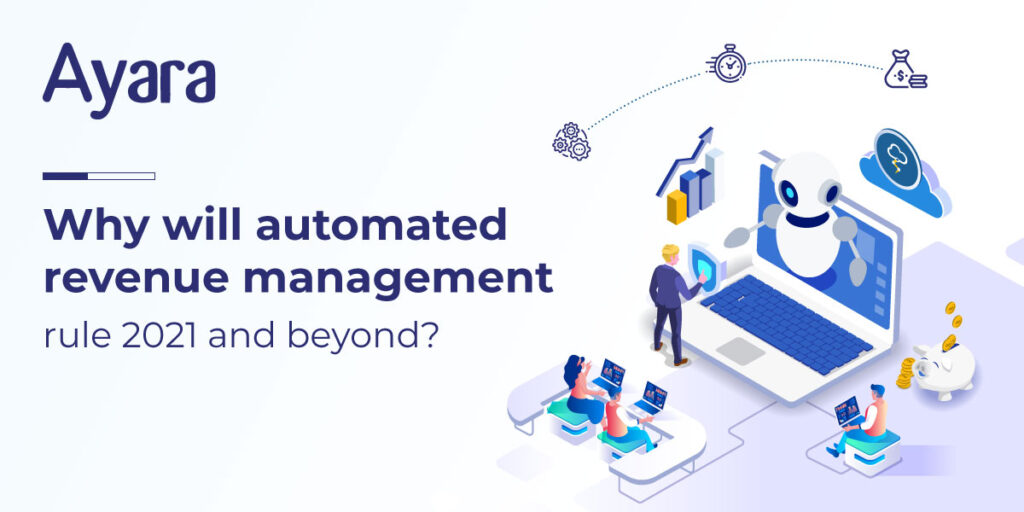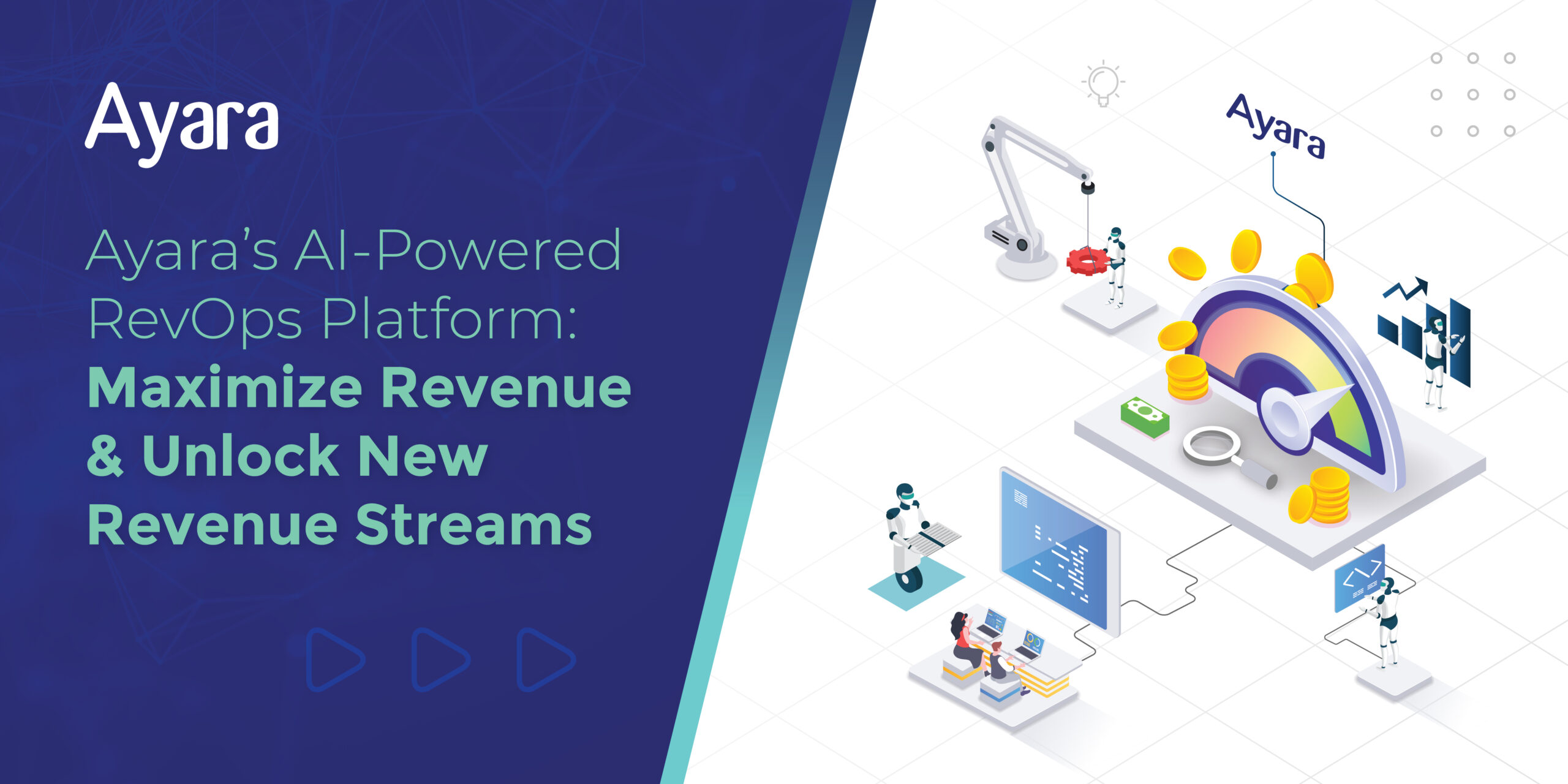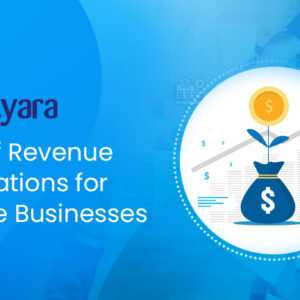
Introduction
Among the diverse challenges finance teams are facing today, many CFOs, controllers and revenue teams are feeling intimidated by the lack of revenue management skills. While inadequate knowledge is one of the possible reasons for making enterprises feel overwhelmed, re-evaluating the variables involved to move dynamically with the market is further making it complex.
The past year witnessed many discussions on how businesses can maximize their revenue growth during disruptive times. Large data volumes. Complex offerings and subscription models. Such realities have made pricing, revenue forecasting, revenue recognition, reporting, and disclosure as per ASC 606/IFRS 15 accounting standards beyond manual processes and the unaided mind. Revenue managers were compelled to make a shift as Covid-19 successfully underlined just how critically important an automated revenue management platform is for an enterprise.
Wondering if automated revenue management is really the only way forward? Dive into the below topics to understand what it is, how it accelerates business ROI, and why it is a must-have organizational asset in 2021 and beyond.
Understanding automated revenue management
Revenue plays a robust and mission-critical role across the customer lifecycle driven by the shift to more complex revenue & monetization models (subscription, usage), quickly shifting business conditions, and increasing focus on business and digital transformation. Hence, restricting revenue management to mere spreadsheets isn’t a viable option.
In such a scenario, leveraging an automated revenue management software helps simplify the complexities of evolving revenue recognition mandates, no matter if a sale comprises a single performance obligation, a series of obligations across a specific period, or varied obligations. It allows embedding revenue recognition processes across the entire monetization cycle from sales to billing to recognition to reporting and disclosure. Moreover, it provides end-to-end revenue management capabilities to the sales & finance teams for improved collaboration to optimize revenue growth and customer value.
Can automated revenue management maximize ROI?
Managing revenue accounting is a challenging task today and will continue to remain so in the coming days as well. Enterprise resource planning (ERP) systems lack the agility to handle the cyclical revenue process, forcing businesses to rely on people and spreadsheets to process calculation and allocation. To tackle this, using the automation approach to revenue management for these functions is the right thing to do as it helps to bolster performance, efficiency, visibility while curtailing cost, hours/day spent, and removes uncertainty.
Essential features of a next-gen automated revenue management platform
Today’s finance teams’ task scope includes revenue planning, budgeting, and forecasting. Hence, having a world-class automated revenue management platform that supports the below-mentioned features is more of a business necessity.
- End-to-end revenue management across Quote-to-Cash (QTC).
- Automated revenue policy helps to manage exceptions as they arise.
- Manage revenue during the sales cycle proactively, instead of just reporting revenue
- Automates revenue planning leveraging re-usable revenue rules.
- Automates the unbilled revenue recording by finding revenue elements without bills.
- Supports different currency transactions to ensure the exchange rate fluctuations are correctly accounted for.
- Automatically makes adjustments in deferred revenue and contract asset balances using real-time billings and revenue data.
- Offers a real-time view of financials.
- Flexible forecasting so that revenue projection updates based on real-time business events can be implemented.
- Configurable revenue schedules for contracts with multiple components delivered at different points.
- Integrated with major CPQ solutions – Salesforce and Conga + Apttus.
- Cognitive contract terms assessment.
- Fully automates revenue recognition and reporting compliance with ASC 606 & IFRS 15.
- SSP analyzer for easy revenue management when products and/ or services are delivered over multiple accounting periods.
Does Ayara offer an end-to-end, automated revenue management solution?
Globally acclaimed as a next-gen automated revenue management tool, Ayara flips the revenue management paradigm from a reactive end of the cycle recognition tool to a proactive revenue intelligence and management solution plugged into every stage of the QTC cycle – from quote to order to billing to revenue recognition, reporting, and disclosure as per ASC 606/IFRS 15 accounting standards.
It represents a new class of finance automation tools that leverages microservices architectures and AI capabilities to enable proactive revenue intelligence and advanced analytics. This cloud-based solution provides native interfaces to all leading CPQ, ERP, and Billing systems.
The closing remarks
While a report from CFO.com reveals that the US businesses bagged nearly $7 billion in IRS civil penalties due to incorrect data handling and spreadsheet errors, Forbes stated that almost 90% of spreadsheets contain at least one mistake.
Considering the current business climate, it’s time businesses use the automated revenue management tool to create a competitive edge. To discuss your revenue management needs or for more information on how Ayara helps maximize revenue management efficiency and supports ROI growth while ensuring enterprises are operationally sound and compliant, get in touch with our team for a free consultation.






